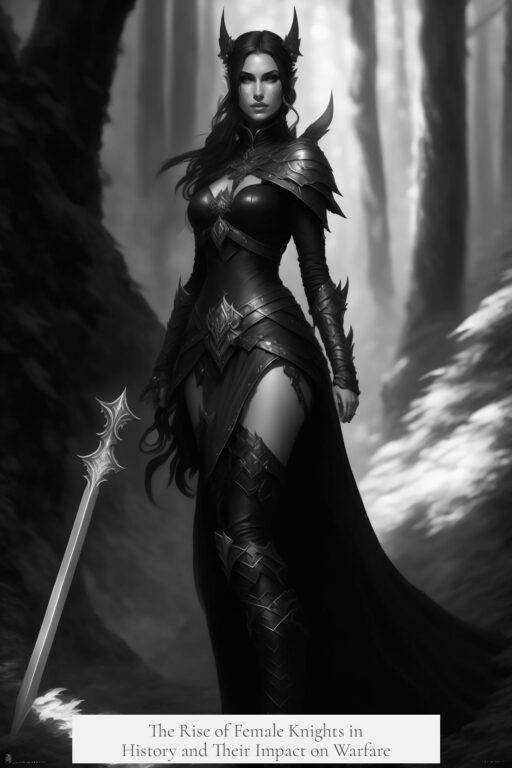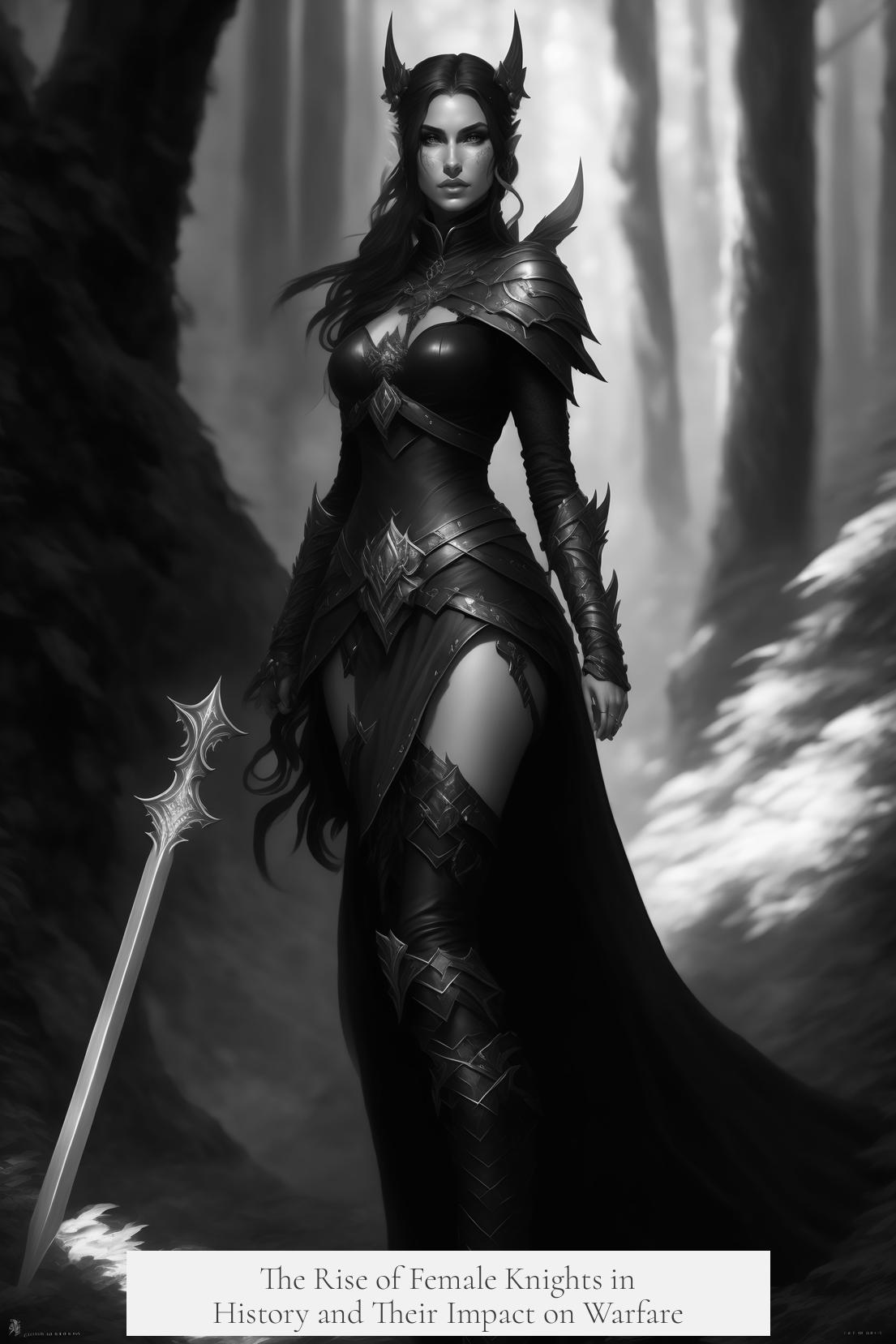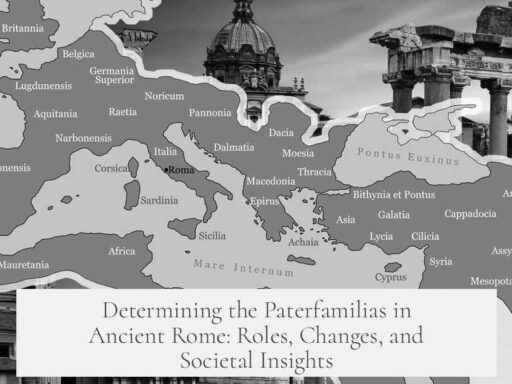There has never been a true female knight in history, as the title and role of knight were exclusively male and tied to professional aristocratic soldiers. Women were historically excluded from knighthood and soldiering in medieval times. However, women have been honored in chivalric orders, especially in modern times, but these honors grant titles like “dame” or “lady” rather than “knight.”
Knighthood originated as a status for mounted, elite warriors from the aristocracy in medieval Europe. The role involved military service and adherence to the chivalric code. Women did not serve as soldiers, which meant they were ineligible for knighthood. Early records show knights identified simply by name and land, such as “John of Townsville, knight,” without the prefix “Sir.” From the 14th century onward, the English “Sir” became common for male knights. No equivalent female title ever existed historically.
In the British honors system and similar modern chivalric orders, women began receiving inclusion in the 20th century. Instead of knights, women receive the titles “dame” or “lady” depending on the order. This development recognizes women’s contributions in various fields but does not equate to medieval knighthood.
Literature and folklore offer a different perspective. Female knights emerge as fictional or legendary figures. For example, Bradamante is a celebrated female knight in Renaissance literature. She wields a magical lance and appears as a main character in works like Italo Calvino’s “The Nonexistent Knight.” Such figures symbolize martial skill and chivalric virtue, though they have no historical basis as medieval knights.
Female warriors exist widely in mythologies and histories across cultures. These figures often held leadership roles or engaged in combat within their societies, albeit outside the formal framework of knighthood. Their stories reveal different cultural understandings of women’s roles in warfare.
- Africa: Nzinga of Ndongo and Matamba fought Portuguese colonial forces for over 30 years in the 17th century. The Dahomey Amazons were an all-female military regiment in present-day Benin. Yaa Asantewaa led the Ashanti rebellion against British colonialism in 1900.
- Medieval Europe and Beyond: Joan of Arc, although not a knight, led French forces during the Hundred Years’ War and is a notable female military leader. Eleanor of Aquitaine and Isabella of France are famous noblewomen connected to medieval warfare.
- Native American Cultures: Women such as Woman Chief of the Crow and Buffalo Calf Road Woman of the Sioux fought in battles, leading warriors and performing key roles in conflicts.
- Other Notables: Aqualtune led an army in Kongo before her capture and escape; Kahina led Berber resistance against Arab conquest; Lozen was a prominent Apache warrior and prophet.
Several warrior goddesses also represent female martial power in mythology. Examples include Sekhmet (Egyptian lioness goddess of war), Itzpapalotl (Aztec skeletal warrior goddess), and Oya (Yoruba Orisha connected to wind, fire, and war). These spiritual figures symbolize the martial attributes ascribed to women in belief systems rather than historic combatants.
| Category | Examples | Role Highlights |
|---|---|---|
| Historical Female Warriors | Nzinga of Ndongo, Yaa Asantewaa, Amina Sukhera | Led armies, resisted colonization, commanded troops |
| Medieval Figures | Joan of Arc, Eleanor of Aquitaine | Military leadership, noble influence, battlefield presence |
| Mythological Figures | Bradamante, Sekhmet, Itzpapalotl | Symbols of martial prowess and protection |
| Native American Warrior Women | Woman Chief, Buffalo Calf Road Woman, Lozen | Combatants and leaders in tribal warfare |
The term “Ser” as a knightly title is a modern invention from fantasy fiction (e.g., George R.R. Martin’s “A Song of Ice and Fire”) and has no historical precedent. Real medieval knights held male-gendered titles, and no equivalent female form existed.
In summary, knights were male medieval warriors linked to aristocracy and military service. While no historical female knights existed, women have served as warriors and military leaders in many cultures. Modern chivalric orders include women, but only with different titles. Female warrior figures appear broadly in history, folklore, and mythology, reflecting diverse traditions of women’s martial roles.
- No historical female knights existed; the title was male-only.
- Women gained roles in chivalric orders only in the 20th century, with titles like “dame” and “lady.”
- Medieval women were not soldiers; knighthood was tied to aristocratic military service.
- Literary figures like Bradamante represent female knights fictionally.
- Many cultures feature historical female warriors and leaders combating in wars or resistance movements.
- Warrior goddesses symbolize female martial power in mythology.
- “Ser” as a female knight title is fictional, with no basis in history.
Q1: Were there any true female knights in medieval times?
No. Historically, there were no true female knights. Knighthood was a status for professional aristocratic male soldiers, and women were not soldiers.
Q2: How were women included in chivalric orders?
Women joined chivalric orders mostly from the twentieth century onward. They receive titles like “lady” or “dame,” not “knight.”
Q3: Who is Bradamante in literature?
Bradamante is a famous female knight figure in literature. She is skilled in combat and uses a magical lance in various novels.
Q4: Did any historical women fight like knights?
Though not knights, some women led armies or fought in battles, such as Joan of Arc, Nzinga of Ndongo, and the Dahomey Amazons.
Q5: What are examples of female warriors from different cultures?
- Kahina, a 7th-century Berber leader.
- Yennenga from Burkina Faso, a legendary spear and bow warrior.
- Aqualtune, a Kongo princess who led armies.
Q6: Is the title “Ser” historically accurate for female knights?
No. “Ser” is a fictional title created by George R.R. Martin for his fantasy world. It has no historical basis.



